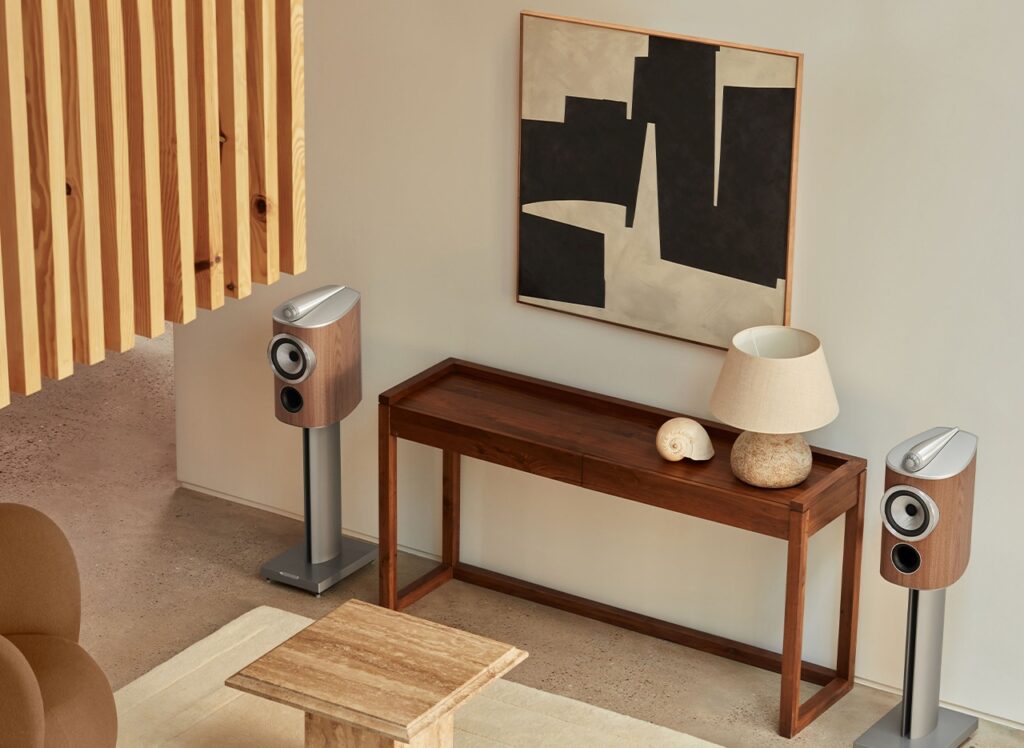After reviewing the simulation results in the previous post, the obtained information has been analyzed and used for practical performance, i.e. home cinema with acoustic design.
The following simulation results of the acoustically designed home theater are discussed for the sweet spot (listener 02) of a 3/4 surround sound arrangement including a four subwoofer arrangement as depicted in figure 1. However, most of the objective acoustic parameters obtained by measurements at the sweet spot represent the rest of the listeners. In terms of the low-frequency response, this might not apply and will be discussed additionally where applicable
Numerical Analysis
Starting with figure 2, the A-weighted reverberation time with the additional introduced absorbing areas could be lowered to 0.35 seconds. This value fulfills the objective to stay within 0.2-0.5 seconds and ensures good speech intelligibility, especially for the center channel during the performance of multiple loudspeakers.

The early reverberation time is plotted in figure 3. and shows a better correlation with the perceived reverberation time due to the masking of the weaker part of the decay during music or speech reproduction

The parameter center time is graphed in figure 4. It is reasonable that the low reverberation time leads to a low center time thus resulting in a high clarity since most of the sound energy is centered in the first 4 ms.

The speech transmission index (STI) was calculated using the test signal IEC Male Ed3 according to IEC 60268-16. The modulation transfer index (MTI) measures speech intelligibility and ranges between 0 and 1. The speech intelligibility increases with ascending values. Figure 5. gives the MTI for the well-designed home theater. The speech intelligibility is excellent and is independent of the given background noise.

The mean absorption in the well-designed home theater can be obtained from figure 6. It shows steady absorption over a wide frequency range, slightly descending at the low end. This is desired to avoid degraded sound quality due to uneven absorption in different frequency ranges.

The clarity of speech is given in figure 7. Due to the low reverberation time, there is an excellent contribution of acoustic energy in the early part of the reflections within the first 50 ms.

Due to symmetry, the parameters LEF and IACC will be similarly caused by certain channels for listener 02.

In this post, we went to the acoustic design of the home theater and its considerations. Items needed to mention audio improvements and other parameters will be published in future posts. These items will pave the way for creating a home theater with the highest quality.
The audio products offered in Saba intelligent systems, which include professional speakers and amplifiers and inakustik cables with their great variety and high quality, make it possible to implement any type of equipment according to the relevant needs.



